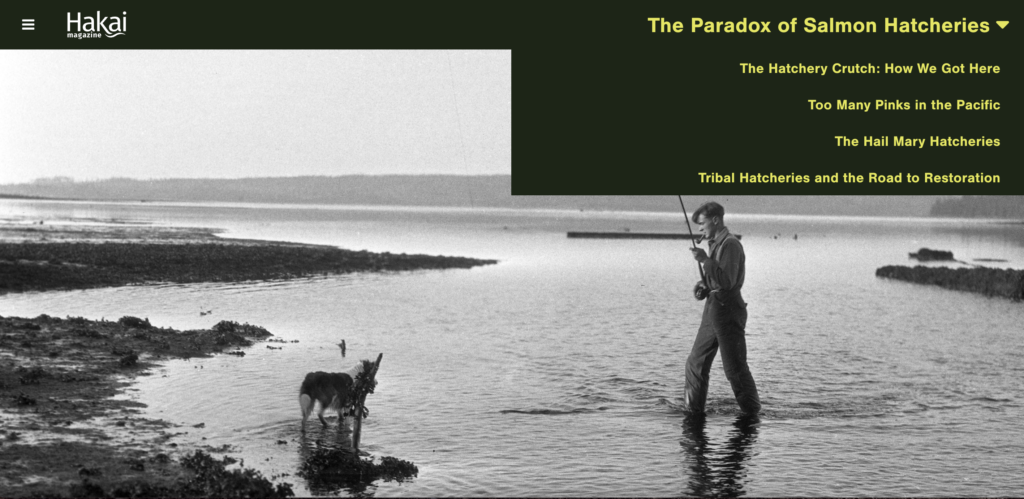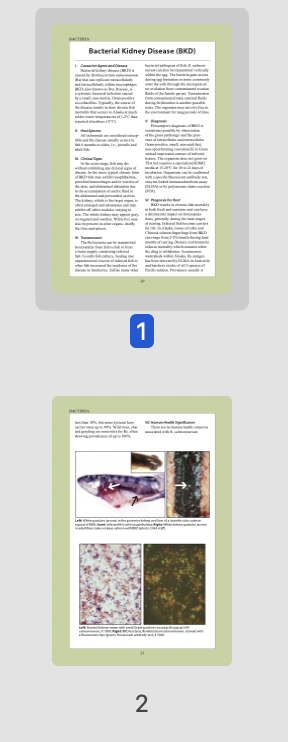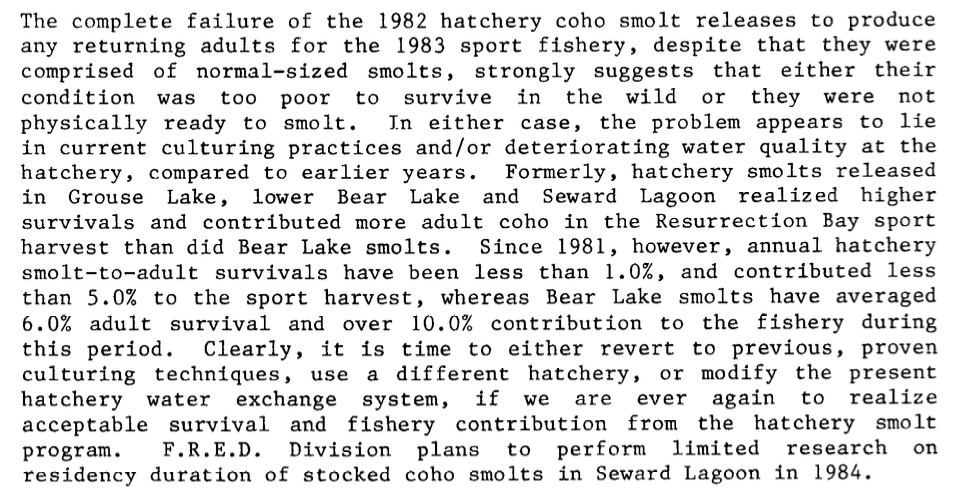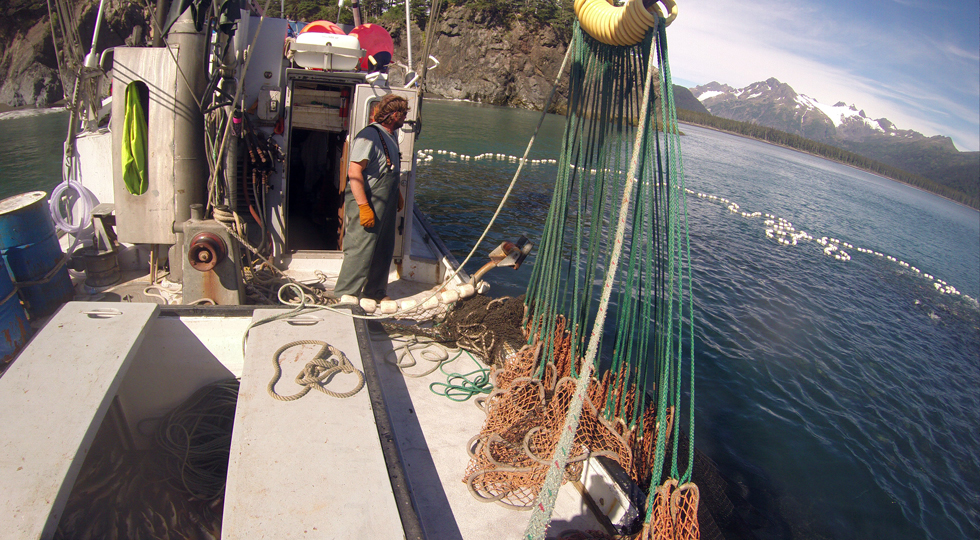Home broker of wild Alaskan salmon, he buys directly from seiners in Katchemak Bay. Find Citizen Salmon on his website and follow him on Facebook for great photos.
Tom’s Blog
Petition to Stop CIAA Loans
I am circulating a petition to stop Cook Inlet Aquaculture from digging ME deeper into debt with more loans for worthless, often detrimental projects.
Because the loans CIAA takes out are MY responsibility to repay – yes, they really are a financial burden to me – I need to stop their continuing loan debt. At $20 million dollars IN DEBT, with no viable revenue, they need to be stopped. I’m on a mission to return control to the people who LIVE IN SEWARD and depend on our local salmon.
This organization was a long-standing funnel for federal funds that nose-dived when it needed to stand on its own after losing its prime supporter, Ted Stevens.
In 2010 CIAA asked for 100% of the Resurrection Bay sockeye run and even sought to halt SPORT fishing. From that day forward they have BATTLED local fishermen for OUR resource.
The weir at Bear Creek is mismanaged, the fish are mistreated, the escapement is far too low, and ADF&G has wrongly allowed the entity to have FAR too much control over our local salmon resources. This needs to stop. The Trail Lakes Hatchery is a disaster, destroying more fry than it supplies. Here’s the report.
Contact me to chat – Tom Buchanan, born and raised in Seward, passionate fisherman. tmbfish [at ] gmail.com
Hakai Magazine
For a well-written in-depth read on global hatchery issues, please check out The Paradox of Salmon Hatcheries, a series of articles by Jude Isabella, Miranda Weiss, Vanessa Minke-Martin, and Ashley Braun for Hakai Magazine. The first article is called The Hatchery Crutch .

Aquaculture Organization Harvesting Salmon
What’s the problem with this video? Cook Inlet Aquaculture is supposed to support commercial fishing-period. They don’t. In fact, for over ten years they have actively competed against both commercial and sport fisheries, attempting to shut both down in Resurrection Bay.
In this video they are harvesting salmon directly from the creek, where they are trapped below the weir, then sold to a processor. No benefit to commercial fisherman at all.
Infected Fish – 2023 Bear Lake, Seward, Alaska
Staff at Cook Inlet Aquaculture (CIAA) Bear Lake Weir are injecting returning salmon (females) with an un-named chemical. I believe this is because they know that the salmon they’ve cultivated at their Trail Lakes Hatchery are infected with Bacterial Kidney Disease (BKD).
I eat organic food for a reason: I do not want antibiotics in my food! That is NOT the definition of WILD SALMON in my book and I can’t believe they are getting away with this.
Some History of Infection & Injections by CIAA
Gallimycin was injected in 2019 and is a trade name of an antibiotic called erythromycin. In the 2020 and 2021 Annual Management Plans CIAA states they were injecting salmon with Draxxin, a trade name for Tulathromycin.
The 2017 and 2018 Trail Lakes AMP states:
o Gallimycin is no longer available. CIAA will collect kidney samples from all female
broodstock used and will track family crosses. Any female broodstock determined to
have high titers of BKD will be culled.
o The lake fertilization project at Bear Lake will continue as appropriate based on
water chemistry analysis (28 barrels for 2018). [This is fertilizer, dumped into Bear Lake]
The 2019 Trail Lakes AMP states:
Bear Lake Sockeye Salmon
o Gallimycin will be injected into all female broodstock at their time of passage through the Bear Creek Weir.
o Kidney samples will be taken from injected females to collect BKD data.
The 2020 and 2021 Trail Lakes AMP states:
o Draxxin will be injected into all female broodstock at their time of passage through the Bear Creek Weir.
o Kidney samples will be taken from injected females to collect BKD data.It appears most science finds these drugs not very effective?
A Highly Experienced Biologist Explains:
BKD is highly transmissible and from what I see cannot be cured. Prolonged treatment must be consistently administered such as with farmed fish not just in one injection. Quite the fish abuse.
From the USGS:
USGS https://www.usgs.gov/labs/fish-health-program/science/bacterial-kidney-disease-bkd-fhp
Renibacterium salmoninarum is the causative agent of bacterial kidney disease (BKD), a serious disease problem of wild and cultured salmonid fishes worldwide. Control of the bacteria by use of antibiotics is difficult due to its slow growth, and conventional vaccine strategies are ineffective or may actually worsen the disease state. Furthermore, the bacteria can be passed not only between fish in the same water system (horizontal transmission), but also from one generation to the next via infected eggs (vertical transmission). During infection, R. salmoninarum can evade immune surveillance by surviving and replicating within host macrophages (a type of white blood cell). Also, R. salmoninarum produces large amounts of a unique protein (p57) which suppresses a number of immune functions.
Reports
Here’s an in-depth 18 page report on Bacterial Kidney Disease in Salmon from the USGS: https://www.buchananfishing.com/wp-content/uploads/2023/06/1.3.1-BKD-2020.pdf
A short 2 page PDF summary of Bacterial Kidney Disease: https://www.buchananfishing.com/wp-content/uploads/2023/06/bacterial_kidney_disease.pdf

Sick Salmon?
This video is of salmon trying to reach Bear Lake, Seward, Alaska. They are being stopped at a weir controlled by Cook Inlet Aquaculture and the females are being injected with an un-named chemical (some type of antibiotic? Because they have Bacterial Kidney Disease from the Trail Lakes Hatchery?) I do not want to consume any fish that’s being treated with chemicals, including antibiotics.
These are not organic, nor WILD salmon.
Bear Lake Sockeye Management
Let’s start in the 1970’s, with the addition of fertilizer. As this post grows, documentation on antibiotics will be added, with links to the actual reports on file with the State of Alaska Department of Fish and Game.
Let’s pull some direct quotes (link to the source document below).
“Bear Lake was chosen in 1962 as the main thrust for experimental coho salmon enhancement..”
Study G-II-A Volume 25 State of Alaska by Edward T. McHenry
and the summary below in 1983 – documenting the start of forty plus years of failure:

Link to the full document: Annual Performance Report: https://www.buchananfishing.com/wp-content/uploads/2023/06/FREDF-9-1625G-II-A.pdf
Supporting Sustainable Fishing
Coal Point Seafood Company in Homer, Alaska
Cook Inlet Aquaculture
From newly appointed board members, a plea for transparency and accountability: https://www.adn.com/opinions/2023/02/20/opinion-help-us-keep-southcentral-alaskas-hatcheries-honest/
Alaskan Commercial Salmon Seining


